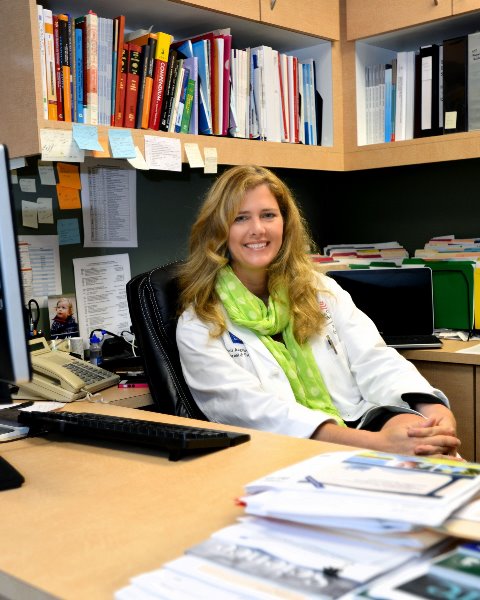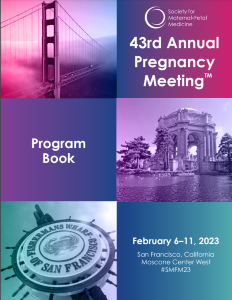Oral Concurrent Session 7 - Epidemiology and Quality
Oral Concurrent Sessions
Expedited Sessions
69 - Treatment with harmful polycyclic aromatic hydrocarbons (PAHs) elicits distinct transcriptomic pathways in cultured primary trophoblasts
Polycyclic aromatic hydrocarbons (PAHs) are ubiquitous environmental toxins resulting from carbon combustion, and found in air, vehicle exhaust, drinking water, soil and cigarette smoke (including 2nd hand smoke). We and others have reported that exposure to harmful PAH derivatives via vehicle emissions and smoking are associated with sPTB. We have previously shown significant differences in the accumulated absolute levels of these harmful PAHs in placentae from sPTB vs term births, as measured by mass spectrometry. In this study we aimed to determine if trophoblasts gene expression patterns vary with exposure to harmful PAHs.
Study Design:
Within 1 hour from delivery, trophoblasts were isolated and cultured for 48 hours from term placentae. Trophoblast cultures were treated for 24 hours with DMSO (vehicle control), 10mM Benzo[a]pyrene (BaP), 10mM Benzo[b]fluoranthene (BbF), 10mM Dibenzanthrene (DBA) or a mixture of all three and then harvested (N=7 replicates per treatment). RNA was extracted, RNA libraries were constructed, and bulk RNA-sequencing (transcriptomics) was performed with analyses by DESeq2 (Fig.1a).
Results:
Using an unbiased transcriptomics platform to detect differential expression in all trophoblast genes expressed, harmful PAHs significantly perturbed 81 unique genes t (Fig.1b;-2< log2(fold-change) >2 and q-value < 0.05; Wald hypothesis tests). Relative to DBA & BPF PAHs, BaP treatment accounted for the majority of transcriptomic variation (Fig.1c), with significant alteration of 77 genes. Of note, expression of GPBAR1, a G-protein coupled receptor involved in the regulation of inflammation, was increased ( >2-fold, q < 0.05) with each PAH treatment (Fig.1b).
Conclusion:
Our data reveal a distinct transcriptional profile in trophoblast cells treated with BaP compared with other PAHs. Furthermore, this unbiased analysis has identified a unique gene in the placenta (GPBAR1) that has not been previously studied in connection with environmental chemical exposures nor sPTB.

Melissa Suter, PhD
Baylor College of Medicine
Houston, Texas, United States
Enrico R. Barrozo, PhD
Department of Obstetrics & Gynecology, Division of Maternal-Fetal Medicine, Baylor College of Medicine and Texas Children’s Hospital
Houston, Texas, United States
Sohini Banerjee, PhD (she/her/hers)
Baylor College of Medicine
Houston, Texas, United States- GJ
Grace J. Johnson, MD
Maternal-Fetal Medicine Fellow
Baylor College of Medicine
Houston, Texas, United States 
Michael D. Jochum, Jr., PhD
Postdoctoral Research Associate
Baylor College of Medicine
Houston, Texas, United States- MH
Min Hu, MD
Department of Obstetrics & Gynecology, Division of Maternal-Fetal Medicine, Baylor College of Medicine
Houston, Texas, United States 
Kjersti M. Aagaard, MD,PhD
Professor and Vice Chair of Research Department of Obstetrics and Gynecology, Division of MFM
Texas Children's and Baylor College of Medicine
Houston, Texas, United States

.png)
